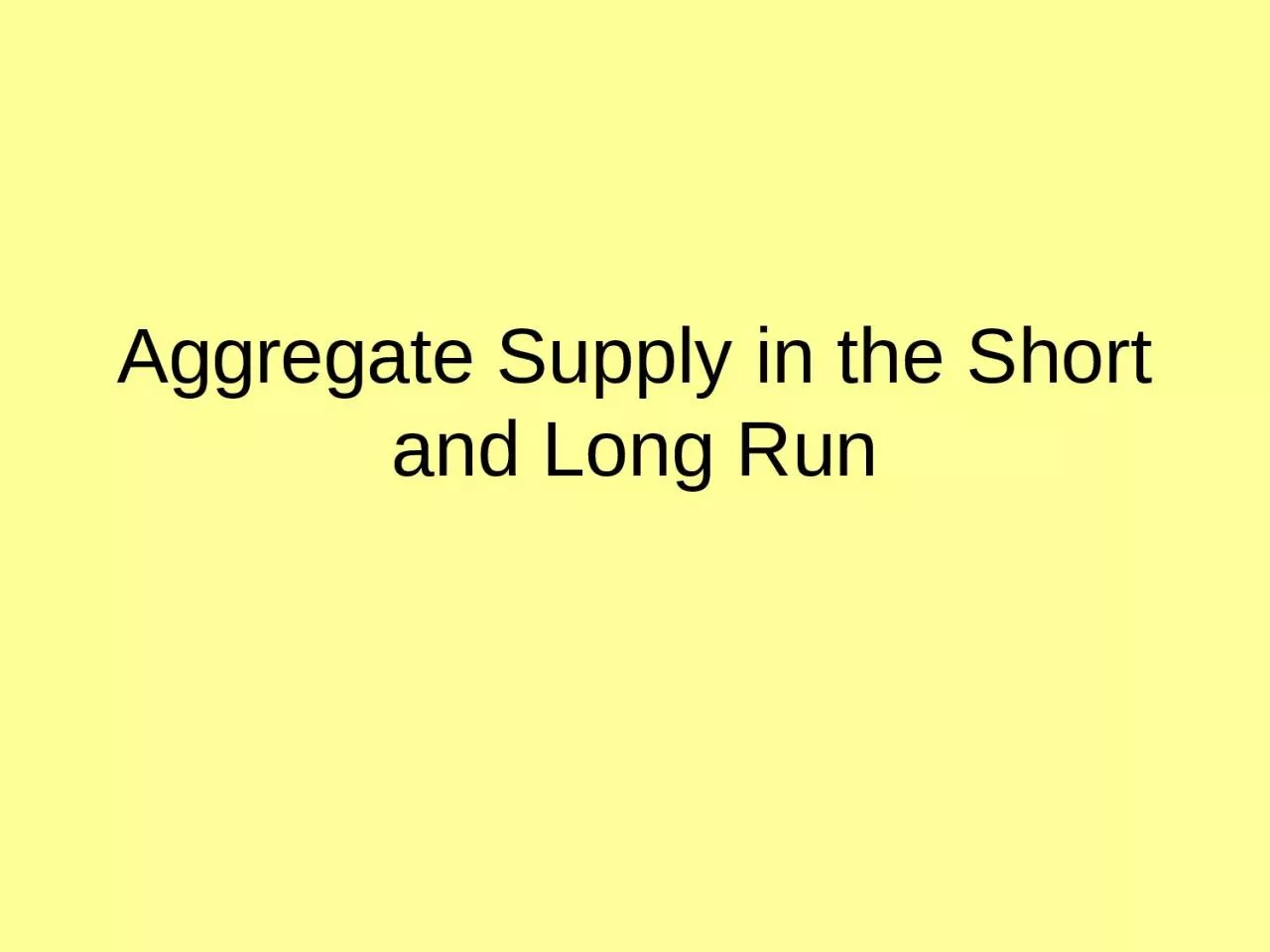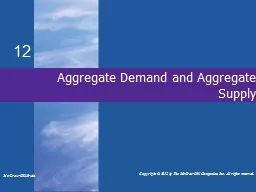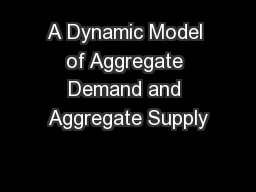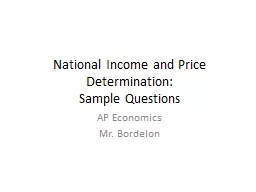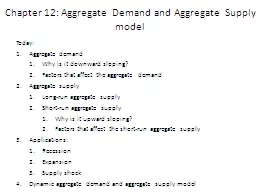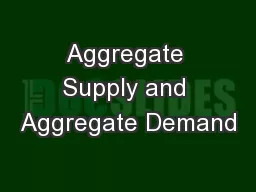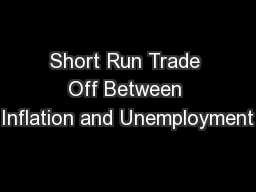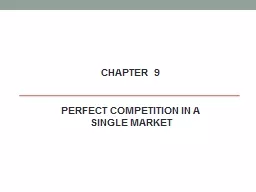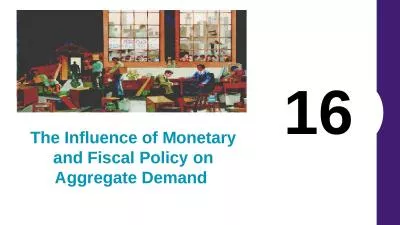PPT-Aggregate Supply in the Short and Long Run
Author : cady | Published Date : 2023-08-25
Shortrun Aggregate Supply SRAS SRAS shows the relationship between the economys aggregate price level and the total quantity of final goods and services aggregate
Presentation Embed Code
Download Presentation
Download Presentation The PPT/PDF document "Aggregate Supply in the Short and Long R..." is the property of its rightful owner. Permission is granted to download and print the materials on this website for personal, non-commercial use only, and to display it on your personal computer provided you do not modify the materials and that you retain all copyright notices contained in the materials. By downloading content from our website, you accept the terms of this agreement.
Aggregate Supply in the Short and Long Run: Transcript
Download Rules Of Document
"Aggregate Supply in the Short and Long Run"The content belongs to its owner. You may download and print it for personal use, without modification, and keep all copyright notices. By downloading, you agree to these terms.
Related Documents

